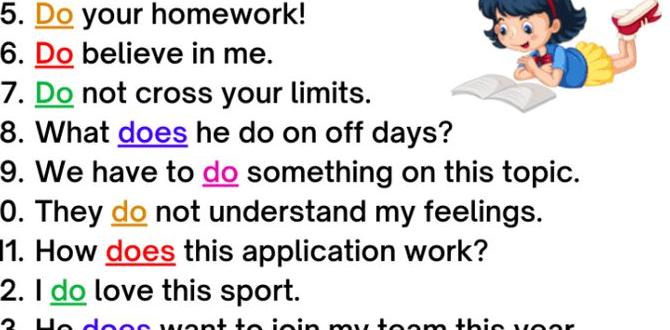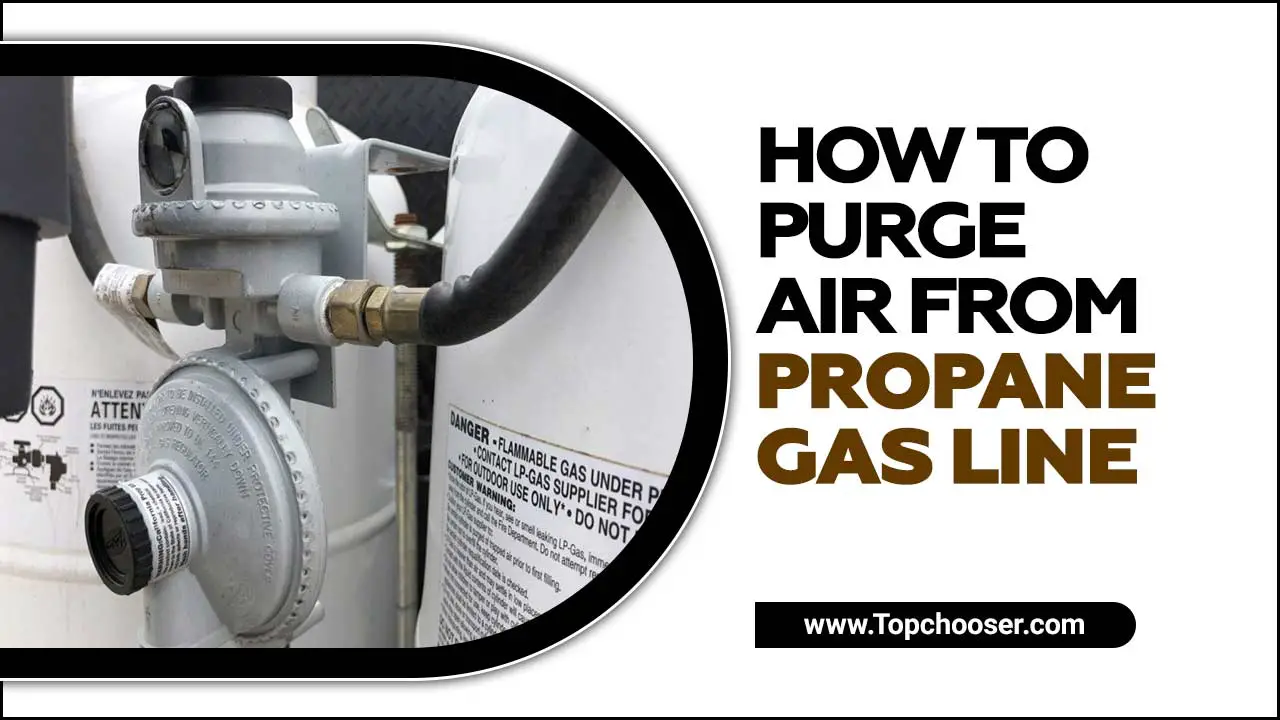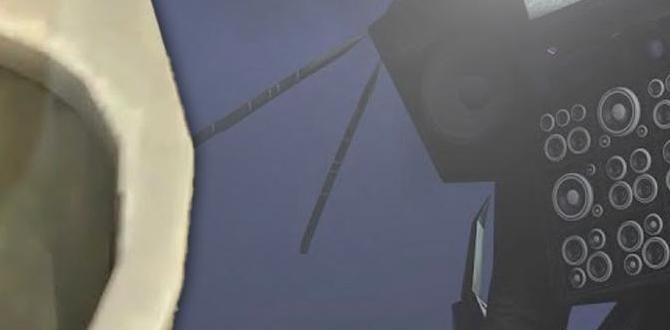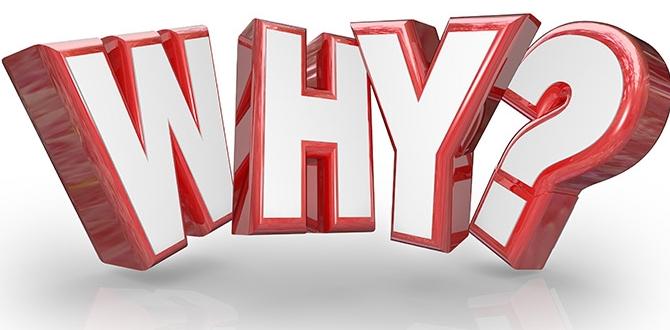Dribbling after urination, also known as post-void dribble, happens when urine leaks out after you think you’re finished. It’s often due to weakened pelvic floor muscles or an enlarged prostate in men. Simple exercises and lifestyle adjustments can often help. If it becomes a frequent problem, seeing a doctor is a good idea to rule out any underlying issues.
Ever feel that annoying little dribble of urine after you’ve already left the bathroom? It’s more common than you might think, and while it can be a bit embarrassing, understanding why it happens can help you take control. This issue affects many people, and thankfully, there are simple steps you can take to manage it.
We’ll walk you through the common causes of post-urination dribble and give you practical tips to address it. Get ready to say goodbye to those unexpected leaks and hello to more confidence. Let’s dive in!
What Causes Dribbling After Urination?
Dribbling after urination, or post-void dribble, can be caused by a variety of factors. Understanding these causes is the first step in finding the right solution. Let’s break down the most common reasons.
Weak Pelvic Floor Muscles
Your pelvic floor muscles support your bladder and urethra. When these muscles weaken, they can’t fully close off the urethra after urination, leading to dribbling. This is a common issue, especially after childbirth or with age.
- Pregnancy and Childbirth: The strain of pregnancy and delivery can weaken these muscles.
- Aging: Like any other muscle, pelvic floor muscles can lose strength over time.
- Lack of Exercise: Not actively engaging these muscles can lead to weakness.
Enlarged Prostate (Benign Prostatic Hyperplasia – BPH)
In men, an enlarged prostate can press on the urethra, making it difficult to empty the bladder completely. This can lead to dribbling after urination. BPH is very common as men age.
- Prostate Growth: The prostate naturally grows larger with age in many men.
- Urethral Compression: The enlarged prostate squeezes the urethra, affecting urine flow.
- Incomplete Emptying: Difficulty fully emptying the bladder leads to post-void dribble.
Urethral Bulges or Strictures
Sometimes, the urethra can develop small bulges (urethral diverticula) or narrow (urethral strictures). These conditions can trap urine and cause dribbling after you’ve finished urinating.
- Urethral Diverticula: These are pouches that form along the urethra and can collect urine.
- Urethral Strictures: These are narrowings of the urethra that restrict urine flow.
- Causes: These conditions can be caused by infections, injuries, or inflammation.
Nerve Damage
Nerves control bladder function. Damage to these nerves can interfere with bladder control, leading to incomplete emptying and dribbling.
- Diabetes: High blood sugar can damage nerves over time.
- Multiple Sclerosis (MS): This autoimmune disease can affect nerve function.
- Spinal Cord Injuries: Damage to the spinal cord can disrupt bladder control signals.
Certain Medications
Some medications can affect bladder control and contribute to dribbling after urination. Common culprits include:
- Diuretics: These increase urine production, potentially overwhelming bladder control.
- Antidepressants: Some can affect bladder muscle function.
- Muscle Relaxants: These can relax the bladder muscles too much.
How to Manage Dribbling After Urination
Now that you know the potential causes, let’s explore practical ways to manage and reduce dribbling after urination. These steps can help improve your bladder control and overall comfort.
Pelvic Floor Exercises (Kegels)
Kegel exercises strengthen the pelvic floor muscles, improving bladder control. They’re easy to do and can be incorporated into your daily routine. Here’s how:
- Identify the Muscles: Squeeze the muscles you would use to stop the flow of urine midstream.
- Contract and Hold: Hold the contraction for 5-10 seconds.
- Relax: Release the muscles and relax for 5-10 seconds.
- Repeat: Aim for 10-15 repetitions, 3 times a day.
Tip: You can do Kegels anywhere – while sitting at your desk, watching TV, or even driving. Consistency is key!
The “Milk” Technique
This technique helps to push out any remaining urine from the urethra after you’ve finished urinating. It involves gently pressing upwards on the perineum (the area between the testicles and anus in men, or between the vagina and anus in women).
- After Urinating: Wait a few seconds after you think you’re finished.
- Gentle Pressure: Use two fingers to gently press upwards on the perineum.
- “Milk” the Urethra: Apply gentle pressure moving forward to push out any remaining urine.
- Dry Yourself: Use toilet paper to dry any remaining moisture.
Double Voiding
Double voiding is a technique where you urinate, wait a few moments, and then try to urinate again. This helps ensure that your bladder is as empty as possible.
- Urinate Normally: Empty your bladder as you usually would.
- Wait Briefly: Wait about 20-30 seconds.
- Try Again: Try to urinate again, even if you don’t feel the urge.
- Repeat if Necessary: If you still feel the urge, wait another moment and try one more time.
Lifestyle Adjustments
Making a few changes to your daily habits can also help manage dribbling after urination.
- Hydration: Drink enough water, but avoid excessive amounts, especially before bedtime.
- Caffeine and Alcohol: Limit your intake of caffeine and alcohol, as they can irritate the bladder.
- Weight Management: Maintaining a healthy weight can reduce pressure on your bladder.
- Timing: Schedule regular bathroom breaks to avoid overfilling your bladder.
Medications
In some cases, your doctor may prescribe medications to help manage the underlying causes of dribbling. These can include:
- Alpha-Blockers: These relax the muscles in the prostate and bladder neck, making it easier to urinate (commonly used for BPH).
- 5-Alpha Reductase Inhibitors: These shrink the prostate over time (also used for BPH).
- Anticholinergics: These can help reduce bladder spasms and urgency.
Important: Always consult with your doctor before starting any new medication.
Surgical Options
In more severe cases, surgery may be an option to correct structural issues or reduce the size of an enlarged prostate. Common surgical procedures include:
- Transurethral Resection of the Prostate (TURP): This involves removing part of the prostate to relieve pressure on the urethra.
- Urethral Reconstruction: This can correct urethral strictures or diverticula.
Note: Surgery is usually considered when other treatments haven’t been effective.
Tools and Products That Can Help
Several tools and products can assist in managing dribbling after urination and improving your quality of life.
Absorbent Pads and Underwear
These products provide a discreet way to manage leaks and keep you feeling dry and confident. They come in various sizes and absorbencies.
- Pads: Small, discreet pads that can be worn in your underwear.
- Underwear: Absorbent underwear that looks and feels like regular underwear.
External Collection Devices
For men, external collection devices (condom catheters) can be a non-invasive way to manage urinary incontinence.
- Condom Catheters: These fit over the penis and collect urine in a bag.
Pelvic Floor Training Devices
These devices can help you identify and strengthen your pelvic floor muscles more effectively.
- Kegel Exercisers: These devices provide feedback to ensure you’re performing Kegels correctly.
Toilet Aids
Adjustable toilet seats or frames can make it easier and more comfortable to use the toilet, especially for those with mobility issues.
When to See a Doctor
While dribbling after urination is often manageable with lifestyle changes and exercises, there are situations where it’s important to seek medical advice. Don’t hesitate to consult a healthcare professional if:
- It’s a New Problem: If you suddenly start experiencing dribbling after urination.
- It’s Getting Worse: If the dribbling is becoming more frequent or severe.
- You Have Other Symptoms: Such as pain, burning, frequent urination, or blood in your urine.
- It’s Affecting Your Quality of Life: If the dribbling is causing you significant distress or limiting your activities.
A doctor can help determine the underlying cause of your dribbling and recommend the most appropriate treatment plan. They may perform tests such as:
- Urinalysis: To check for infection or other abnormalities in your urine.
- Post-Void Residual (PVR) Measurement: To see how much urine remains in your bladder after urination.
- Urodynamic Testing: To assess bladder function.
- Prostate Exam: For men, to check the size and condition of the prostate.
Dribbling After Urination: Causes and Solutions Table
| Cause | Symptoms | Management Tips | When to See a Doctor |
|---|---|---|---|
| Weak Pelvic Floor Muscles | Dribbling, urgency, frequent urination | Kegel exercises, pelvic floor training devices | If exercises don’t improve symptoms |
| Enlarged Prostate (BPH) | Dribbling, weak stream, frequent urination, nocturia | Medications (alpha-blockers, 5-alpha reductase inhibitors), lifestyle adjustments | If symptoms worsen or medication side effects are bothersome |
| Urethral Strictures | Dribbling, painful urination, weak stream | Urethral dilation, surgery | If you suspect a stricture |
| Nerve Damage | Dribbling, loss of bladder control, other neurological symptoms | Medications, bladder management techniques | If you have a history of diabetes, MS, or spinal cord injury |
| Medications | Dribbling, increased urination frequency | Talk to your doctor about alternative medications | If symptoms start after starting a new medication |
Additional Tips and Considerations
- Stay Active: Regular physical activity can improve overall health and bladder control.
- Quit Smoking: Smoking can irritate the bladder and worsen urinary symptoms.
- Maintain Good Hygiene: Keeping the genital area clean can prevent infections that could contribute to dribbling.
- Be Patient: It may take time to see improvements with lifestyle changes and exercises.
FAQ About Dribbling After Urination
What is post-void dribble?
Post-void dribble is when you leak urine shortly after you’ve finished urinating. It’s a common issue that can affect both men and women.
Why does dribbling happen more as you get older?
As you age, your pelvic floor muscles can weaken, and men may experience an enlarged prostate, both of which can contribute to dribbling.
Can stress cause dribbling after urination?
Yes, stress can sometimes worsen urinary symptoms. Stress can cause your bladder muscles to contract more frequently, leading to urgency and potential dribbling.
How long should I try Kegel exercises before seeing results?
It can take several weeks or even a few months of consistent Kegel exercises to see noticeable improvements in bladder control.
Are there any foods I should avoid to reduce dribbling?
Limiting caffeine, alcohol, and spicy foods can help, as these can irritate the bladder and worsen urinary symptoms.
Is dribbling after urination a sign of a serious medical condition?
It can be, especially if it’s a new symptom or accompanied by other urinary issues. It’s always best to consult with a doctor to rule out any underlying medical conditions.
Can surgery fix dribbling after urination?
Yes, in some cases, surgery can be an effective treatment option, particularly for conditions like an enlarged prostate or urethral strictures.
Conclusion
Dealing with dribbling after urination can be frustrating, but understanding the causes and available management strategies can empower you to take control. Simple steps like performing Kegel exercises, making lifestyle adjustments, and using helpful products can make a big difference.
Remember, you’re not alone in this. Many people experience similar issues, and with the right approach, you can significantly improve your bladder control and overall quality of life. If your symptoms persist or worsen, don’t hesitate to seek medical advice. A healthcare professional can provide personalized recommendations and ensure you receive the best possible care.




